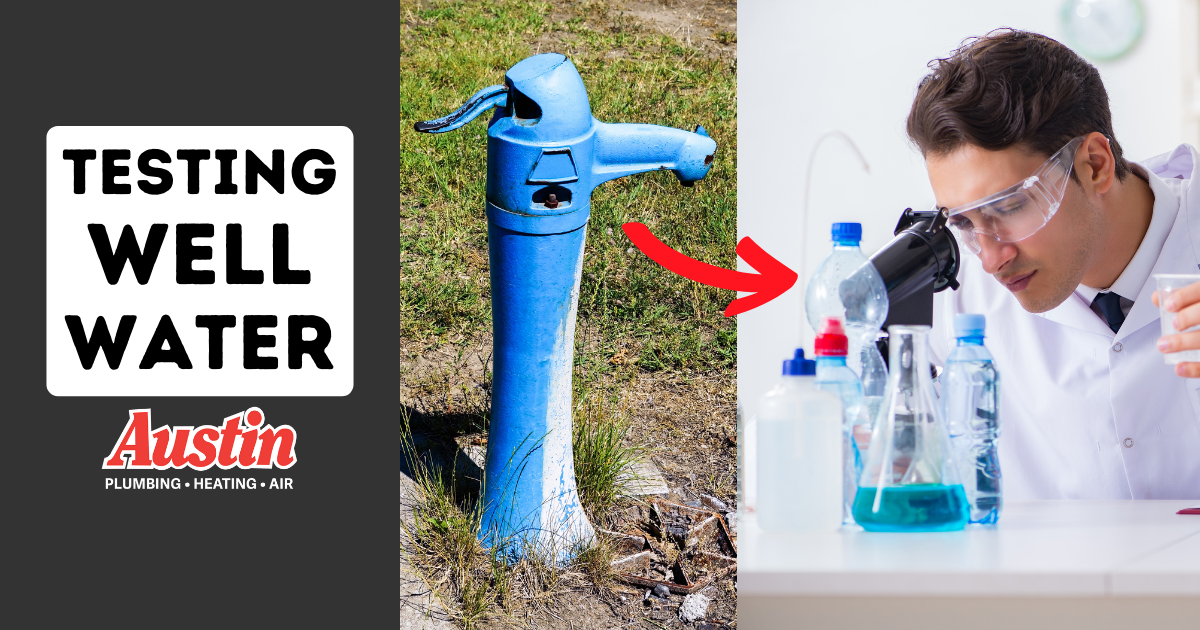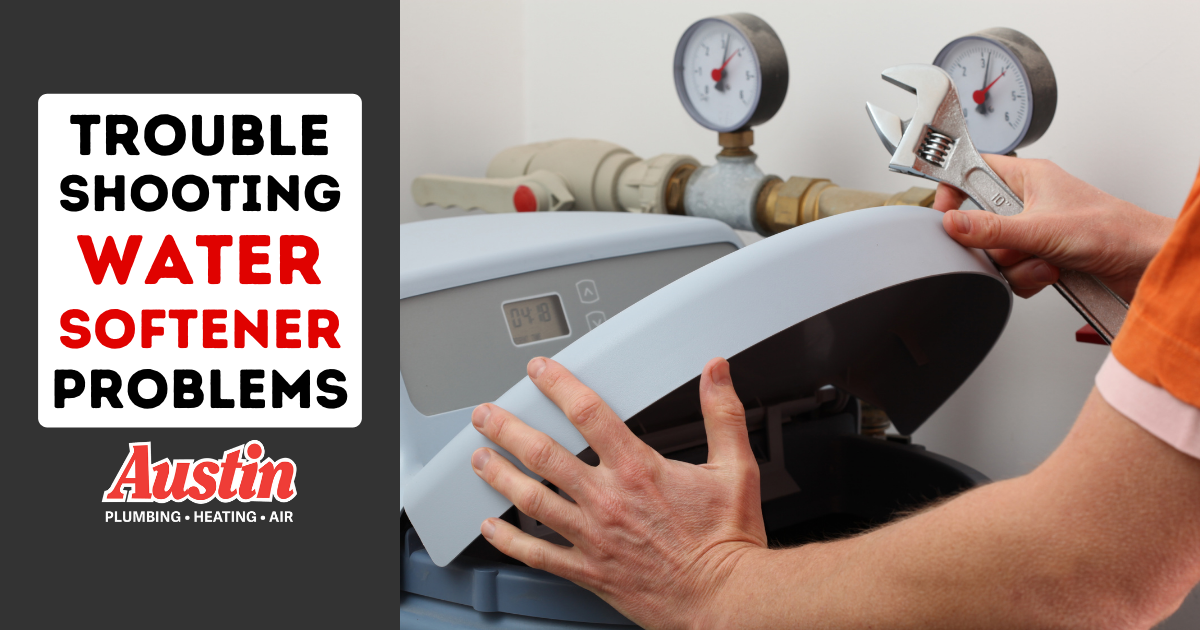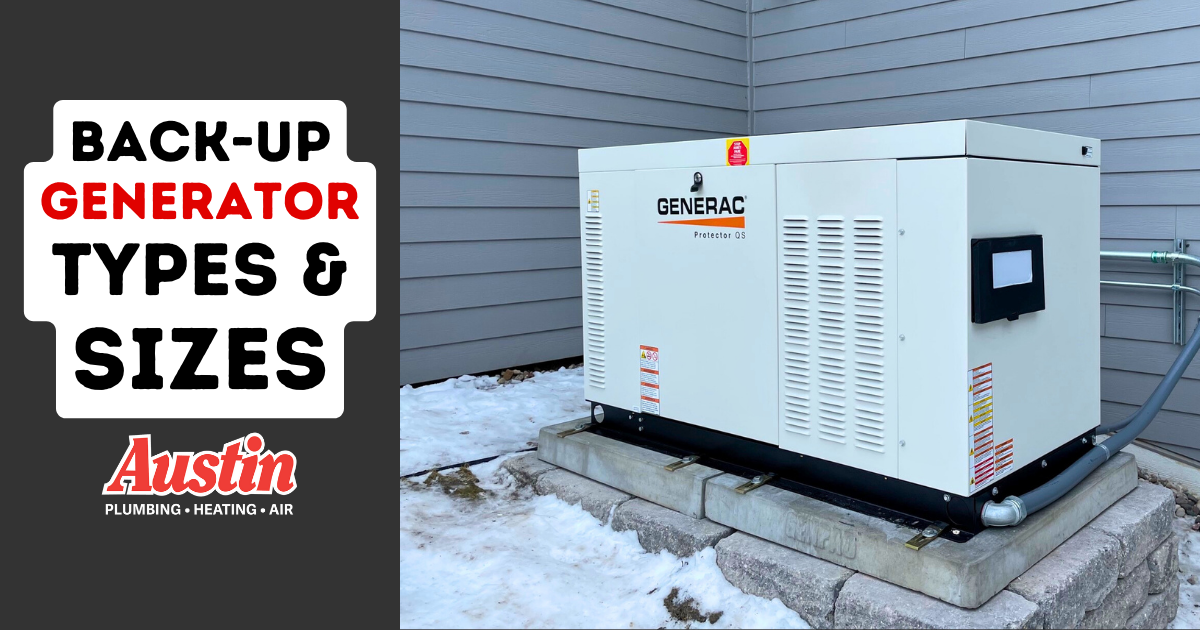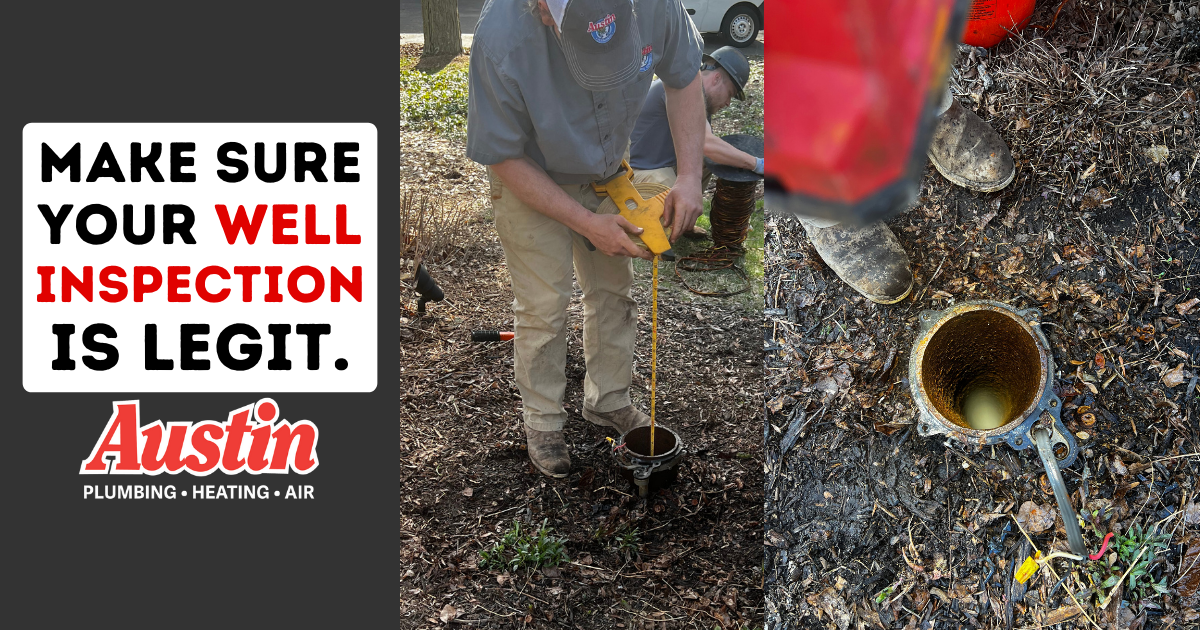Well Water Testing: All Questions Answered

Everything you need to know about well water testing, including how to interpret the results! Complete guide provided by our Master Tradesman.
This guide exists to answer some of the most common questions surrounding the topic of well water testing, including:
- When & how often you should do it
- What your water is tested for
- How to interpret your well water test results
- What to do you if you have elevated counts of bacteria, nitrates or arsenic!
Ready? Let’s get started.
When should your well water be tested?
Making sure your well water is safe to drink and knowing what is in it should be very important to all private well owners. We submit water samples to a state certified lab for testing as part of a well pump repair, replacement, real estate transaction or annual testing. As required by the state, the water samples submitted are tested for bacteria, nitrates, and arsenic.
The three main reasons Austin Plumbing, Heating and Air performs well water testing is:
Annual well testing- The Wisconsin DNR recommends that all private well owners test their water annually
Well pump repair or replacement- Anytime a repair is made to your well pump which requires entry into your well, a well water test is required to be performed
Real estate transactions- When a home with a private well is sold, it is common to have a well inspection performed as well as a water sample taken
Where is the water tested?
Water from your well is drawn from the sampling faucet at or near your well pressure tank and collected in sterile test bottles. The test bottles are then sealed and sent off to a state certified well water laboratory.
What is your well water tested for?
When well water is tested for reasons required by the Wisconsin DNR, at a minimum it is tested for bacteria, nitrates, and arsenic. Each independent laboratory who tests well water offers additional tests at an additional cost, should you want the water tested for something in addition to bacteria, nitrates and arsenic. It’s important to note that any additional tests must be requested at the time of sampling or you will need to schedule an additional visit and retest appointment.
Interpreting water test results:
When you receive the results of your well water test, each individual test run will be broken out on the report. The state laboratory that Austin Plumbing, Heating & Air uses clearly lists what the water was tested for, what the EPA recommended safe levels are and what the result of your test was. What this means is that if the results of your test are within the guidelines of EPA, then you have nothing to worry about. If the results are above what the recommended safe levels are, then you should treat the water to get within the recommended levels. Read on to find out how to interpret the results for the three main tests.
Bacteria in well water
Bacteria is not naturally occurring in well water which is why if your water test comes back with an elevated bacteria count, it can be concerning. Here’s what the state of Wisconsin authorities have to say about bacteria in water.
What are coliform bacteria?
Coliform bacteria are organisms present in the environment, but do not naturally occur in wells. Coliform bacteria will likely not cause illness. However, their presence in drinking water indicates that disease-causing organisms (pathogens) could be in the water system.
What is E-coli bacteria?
E-coli is found in human and animal waste. The presence of E-coli is an indication of septic contamination, barnyard runoff, or another direct source of waste entering the drinking water system.
Well chlorination as part of pump work
If we did work on your well or pump, during that work we chlorinated the well to the minimums spelled out in the state code NR 812.41 (1) C. This amount of chlorine and contact time is not typically enough to disinfect a complete water system if coliform bacteria were present before the work began. It does ensure any unavoidable bacteria on the new pump, pipe, wire, etc. are killed.
What to do if your well water has bacteria?
Do not drink the water until you address the bacteria level in your water.
Well water tests come back with high bacteria counts for a number of reasons. On rare occasions, there is a false positive or there may be an actual bacteria issue in the well. The following options are available to address the situation.
Retest to make sure it is not a false positive
If the first test drawn was a pass-fail test, we suggest using a count method for the second test to establish a baseline to determine the amount of bacteria present. As a note: the highest likelihood of a bad sample during the spring is due to snow melting and rain.
Well chlorination
Shocking a well, as it’s sometimes called, is the process of adding chlorine to a well in an attempt to kill bacteria. To do this properly, a well is out of use for three days.
Day 1 – We chlorinate the well and let it sit for 24 hours.
Day 2 – We flush the well by running it for 24 hours.
Day 3 – We turn the water back on and retest.
Unfortunately, just like many treatments, there is no guarantee this will result in a negative bacteria test; in fact, there is even a chance that the bacteria count might go up after the first chlorination because of well agitation and biofilm breakdown during the process.
- The well chlorination or well shocking process can be repeated if there is another positive test, with no guarantees.
- If the well chlorination is successful and you obtain a “safe” water sample after chlorination, it is suggested that you contact us to have periodic retesting done to ensure there is not an ongoing source of bacterial contamination in your well.
How much does well chlorination cost?
The cost to chlorinate a well in this fashion is $964 and includes the retest.
Nitrates in well water
Nitrates are typically only considered harmful if you ingest them. Therefore, when a well in Wisconsin has high levels of nitrates, most people elect to choose a point-of-use filter to reduce or remove nitrates from the drinking water. Here’s what the DHS has to say about the topic.
What to do if you have nitrates in your drinking water
Do not drink the water until you address the nitrates level in your water.
These are common steps moving forward for our clients with high nitrates-
Install a nitrate filter– Because whole home nitrate reduction is cost prohibitive, most install a point of use filtration system that will reduce nitrates. Specifically, an RO (Reverse Osmosis) system. These systems cost $1200-$2000 installed depending on installation.
Test treated water- If you already have an RO system, you can have us take another test post treatment to see if the nitrate levels are being reduced to a safe level.
How much does a nitrate filter cost?
Typically the installation of an RO system is $1200-$2000.
Arsenic in well water
Arsenic in drinking water is quite concerning to most clients, as it should be. What we have learned is that arsenic is typically associated with elevated levels of iron and if you remove the iron from the water, you in turn remove the arsenic. Learn more about the guidance the state of Wisconsin has put out on arsenic in drinking water here.
What to do if your well water has high levels of arsenic?
Do not drink the water until you address the arsenic level in your water.
Have a certified whole house arsenic filter installed- These are quite expensive and not typically the route clients go, but it is the only whole home certified option.
If you have a whole home iron filter- This is not an approved arsenic filter, but it will likely reduce the arsenic level in the water as part of the iron removal process because if iron is present, arsenic binds to it. If you already have an iron filter, you may elect to have us test the water post iron treatment to see if it is reducing the level to a level you are comfortable with.
How much does an arsenic reduction filter cost?
Because whole home arsenic reduction is cost prohibitive and most people only drink and cook with water from a single tap, most install a point of use filtration system that will reduce arsenic. Specifically, an RO system. These systems cost $1200-$2000 installed depending on installation.
Well water retests
Like mentioned above, it is important to have your well water tested annually and even more periodically if your well has a history of high bacteria, nitrates or arsenic. If Austin Plumbing, Heating & Air is working on an ongoing water testing problem, we reduce the fee for a well water test down to $248.
Water well testing experts
The well water wizards at Austin Plumbing, Heating & Air are experts in treating well water, whether it be for high iron or hardness, or treating well water for bacteria, nitrates or arsenic. Learn more about our well water services here or call 262-367-3808 to book an appointment as soon as you’re ready for us!





